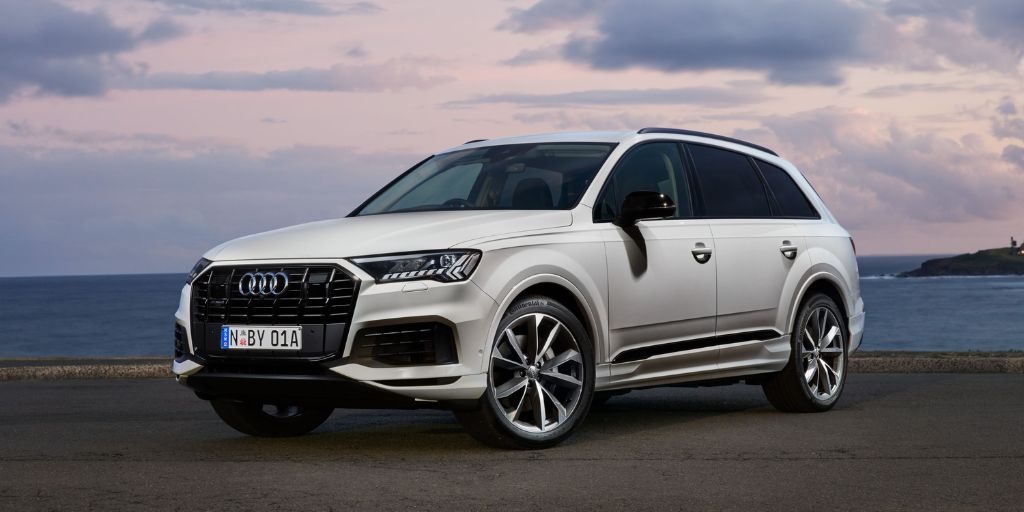All-wheel-drive (AWD) systems have long been a selling point for drivers seeking better traction, enhanced stability, and peace of mind in rough weather or on tricky terrain.
Whether you’re navigating icy streets or heading off-road, a well-engineered AWD system can make the difference between confidence and concern.
However, not all AWD systems are created equal. Some deliver rock-solid reliability year after year, while others might leave owners frustrated with unexpected repairs and rising maintenance bills.
In this article, we explore both ends of the spectrum: five vehicles with AWD systems that are widely praised for their dependability, and five that have gained a reputation for being troublesome and costly to maintain.
Understanding the nuances of AWD performance and long-term durability is critical if you want to avoid buyer’s remorse and make an informed decision—whether you’re buying new or shopping used.
We’ll start by spotlighting the top performers—vehicles that get AWD right, balancing complexity with durability.
Then, we’ll shift gears to highlight the cautionary tales: models with AWD systems that tend to let owners down despite promising specs on paper. By the end of this deep dive, you’ll have a clearer idea of which AWD setups to trust—and which ones might leave you stranded.
Also Read: 5 Cars That Offer More Than They Cost and 5 That Are Overpriced
5 Reliable AWD Systems
When it comes to all-wheel-drive systems, reliability is just as crucial as performance. AWD setups are inherently more complex than traditional two-wheel-drive systems because they require additional components like transfer cases, differentials, and specialized electronics to keep all four wheels engaged effectively.
This added complexity can be a double-edged sword: it enhances traction and control, but if not engineered properly, it can also become a major source of mechanical headaches.
Fortunately, some automakers have mastered the art of building AWD systems that stand the test of time. These systems not only provide superior grip and handling across various conditions but also hold up remarkably well over years of use and thousands of miles.
Whether you’re braving harsh winters, taking weekend trips off-road, or simply looking for added security during daily commutes, a reliable AWD system offers peace of mind.
In this section, we’re focusing on five vehicles that exemplify what a dependable AWD setup should be. These models have earned their reputations through rigorous engineering, consistent real-world performance, and positive owner feedback.
From advanced torque-vectoring systems to rugged mechanical designs that thrive in the harshest environments, each vehicle on this list showcases AWD done right.
We’ve selected them based not only on their technical specs but also on proven durability and lower-than-average maintenance demands.
As AWD systems continue to evolve with the addition of electronic aids and smarter controls, these vehicles prove that reliability doesn’t have to be sacrificed for innovation.
Whether you’re considering a new purchase or hunting for a used gem, these five options are as trustworthy as they come when it comes to AWD.
1. Subaru Outback
The Subaru Outback has long been synonymous with reliable all-wheel drive, and it’s easy to see why. Subaru’s Symmetrical AWD system is one of the few full-time AWD setups on the market, providing constant power to all four wheels without waiting for slippage to occur.
What sets it apart is its simplicity and mechanical balance: the system is designed with a longitudinally mounted engine and a 50:50 torque split, offering a more predictable and stable driving experience.
The Outback’s AWD has been stress-tested in every environment imaginable—from snowy mountain passes to muddy backroads—and owners consistently report dependable traction and minimal issues even after high mileage.
Unlike some AWD systems that rely heavily on electronic intervention, Subaru’s system is primarily mechanical, which translates to fewer points of failure. When combined with features like X-Mode and hill descent control, the Outback becomes even more capable in adverse conditions.
Another factor in the Outback’s AWD reliability is Subaru’s commitment to maintaining and refining the same basic architecture across multiple generations. This continuity has allowed the brand to iron out potential issues and keep the system robust over time.
Maintenance is also straightforward: routine fluid changes and basic care usually keep the AWD system running smoothly for well over 200,000 miles.
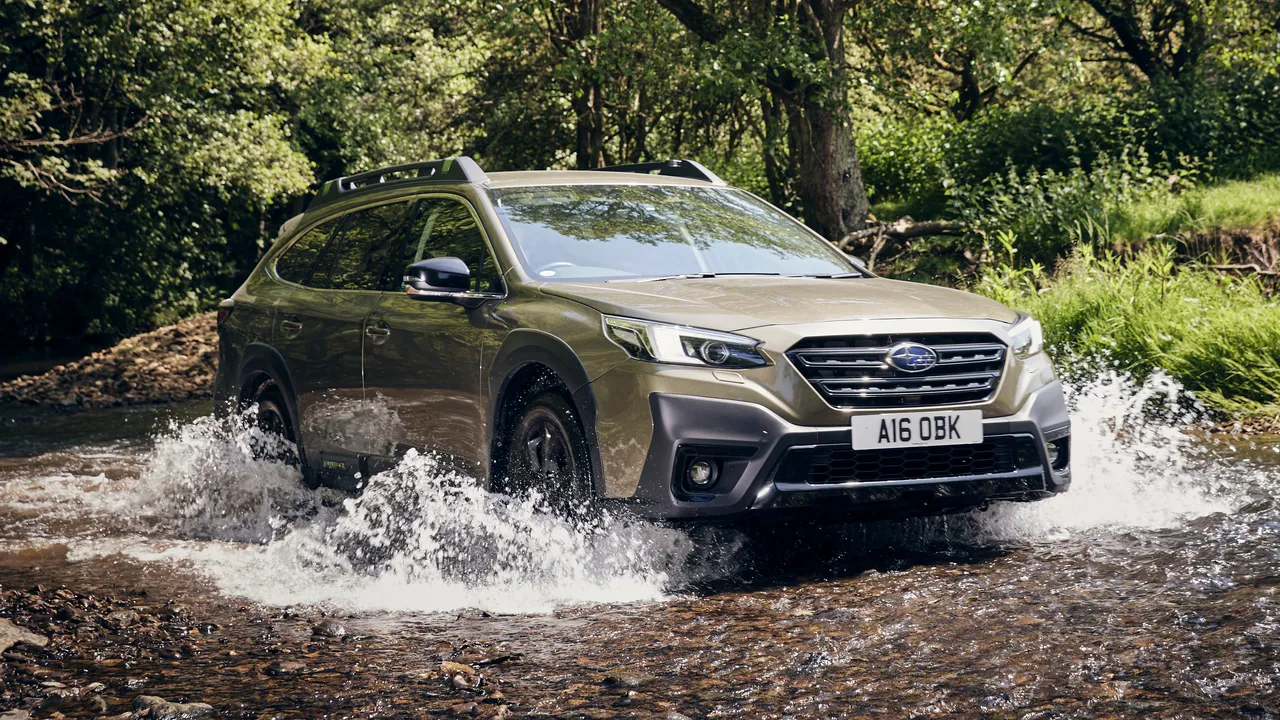
For buyers looking for a trustworthy AWD vehicle that’s as comfortable on a gravel trail as it is on the highway, the Subaru Outback remains a standout option. Its reputation is backed by decades of proven performance, making it a go-to recommendation in the reliable AWD category.
2. Toyota RAV4
The Toyota RAV4 has earned a reputation for bulletproof reliability across many areas, and its AWD system is no exception. Toyota’s Dynamic Torque Control AWD, found in recent generations, blends mechanical strength with smart electro
nics to deliver consistent performance without overcomplicating things. The system primarily operates in front-wheel-drive mode to enhance fuel economy but seamlessly shifts power to the rear wheels when it detects slippage—helping the RAV4 stay composed in wet, icy, or loose surface conditions.
What sets Toyota’s AWD apart is its dependability over time. Owners and mechanics alike praise it for being low-maintenance and trouble-free, with very few reported failures even in high-mileage vehicles.
The system’s clutch-based design avoids the pitfalls of more complex AWD systems that can become money pits as they age.
It’s particularly well-suited to suburban and urban drivers who need occasional all-weather confidence but don’t want to deal with the hassles of constant upkeep.
Toyota’s rigorous quality control also plays a crucial role. Components like the rear differential and the AWD control modules are engineered for longevity, and routine maintenance usually involves nothing more than periodic fluid changes.
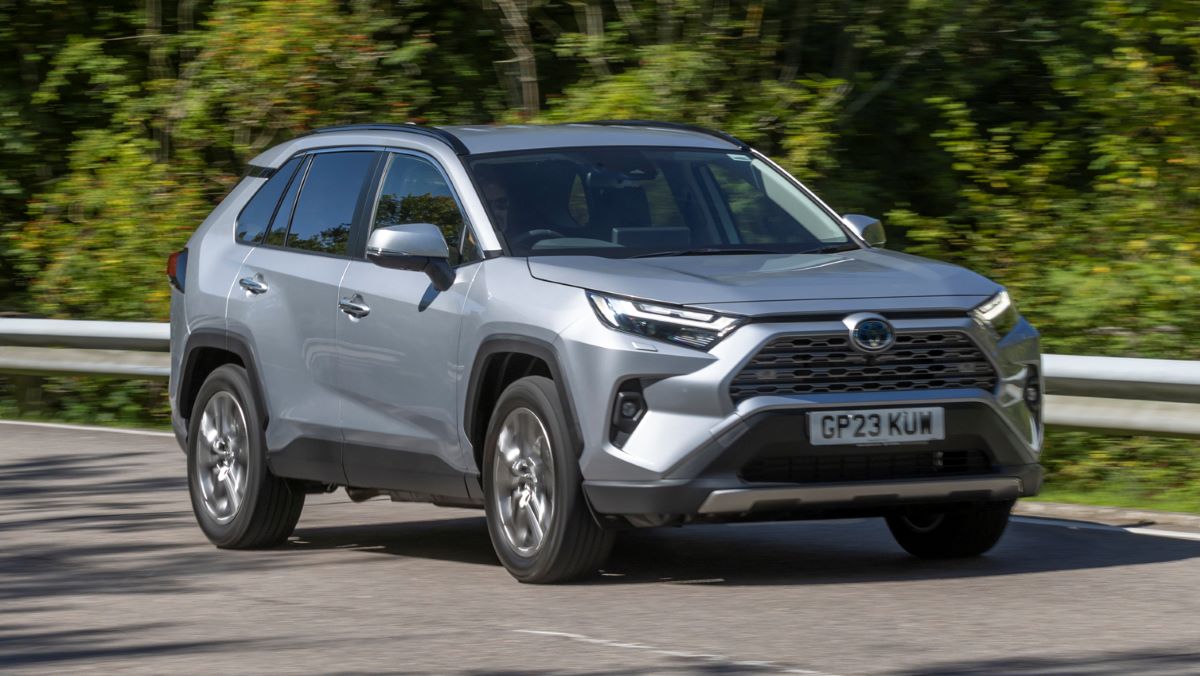
Add in the RAV4’s proven platform and the brand’s overall reliability record, and you get an AWD system that simply works—and keeps working.
For drivers who want a compact SUV with AWD that performs reliably year after year, the RAV4 is a wise choice. It’s not just about capability—it’s about peace of mind knowing you won’t be hit with unexpected AWD-related repairs down the road.
3. Honda CR-V
The Honda CR-V has long been a benchmark in the compact SUV segment, and its Real Time AWD system is a key part of that success. Honda’s AWD system focuses on simplicity and efficiency, designed to activate only when needed.
Under normal conditions, the CR-V operates as a front-wheel-drive vehicle, but when slip is detected, a hydraulic pump engages a multi-plate clutch that sends power to the rear wheels.
This quick response helps the CR-V maintain stability and control in rain, snow, and light off-road situations.
What makes Honda’s AWD system particularly reliable is its mechanical straightforwardness. There are no complex torque vectoring features or overengineered electronics that can become failure points.
The Real Time AWD setup is known for its durability, requiring minimal maintenance aside from regular differential fluid changes. Many owners report driving their CR-Vs well past the 150,000-mile mark with no AWD-related issues, underscoring its solid engineering.
The CR-V’s AWD isn’t designed for hardcore off-roading, but for the typical driver—dealing with winter weather, gravel roads, or the occasional muddy trail—it’s more than capable.

Plus, Honda’s overall reputation for build quality and reliability extends to its AWD components, providing added assurance for long-term ownership.
For buyers seeking an AWD system that’s practical, dependable, and doesn’t overpromise, the CR-V stands out. It does exactly what it’s supposed to: provide added traction when needed, without becoming a maintenance burden down the road.
4. Audi Quattro (A4 and A6 Models)
Audi’s Quattro system is legendary in the world of AWD, and for good reason. Unlike many part-time or slip-then-grip systems, Quattro is a full-time AWD setup that delivers power to all four wheels continuously.
In models like the A4 and A6, the Quattro system is built around a mechanical center differential—usually a Torsen or, in newer versions, a self-locking crown-gear differential—which allows for seamless torque distribution between the front and rear axles.
What makes Audi’s Quattro system reliably stand out is its robust mechanical engineering. The components are designed to handle everything from spirited driving to brutal weather conditions, and they do it with remarkable longevity.
Owners consistently report excellent performance in snow and rain, with few AWD-related failures even as these cars rack up high mileage.
Unlike systems that rely heavily on electronic nannies, Quattro’s strength lies in its mechanical grip, which offers consistent performance without needing constant intervention.
Routine maintenance—such as differential and transmission fluid changes—helps keep the system running smoothly, but beyond that, it’s a “set it and forget it” setup.
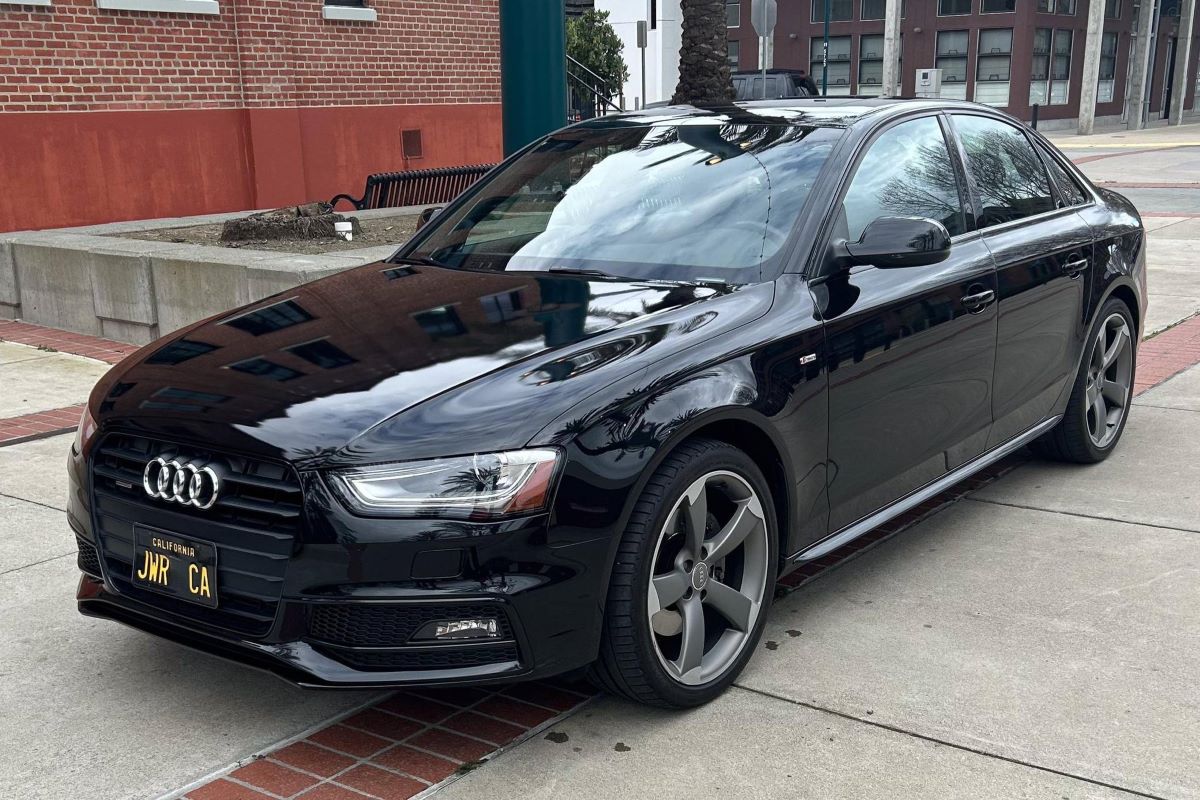
Audi’s dedication to refining Quattro over decades has also ironed out earlier quirks, making it one of the most respected AWD systems in the industry.
For drivers who want a balance of luxury, performance, and true all-weather capability, the Audi A4 and A6 with Quattro are tough to beat.
Their AWD systems deliver both confidence and durability, making them a reliable choice in a segment where cutting corners isn’t an option.
5. Jeep Grand Cherokee (Quadra-Drive II)
The Jeep Grand Cherokee has long been a favorite among SUV enthusiasts, and its Quadra-Drive II AWD system is a standout when it comes to both capability and reliability.
This system is a full-time 4WD/AWD setup that features a two-speed transfer case and electronic limited-slip differentials (ELSDs) at both the front and rear axles, allowing it to deliver incredible traction in virtually any condition.
What sets Quadra-Drive II apart is its proactive approach. Instead of waiting for wheel slip, the system can anticipate traction loss and redistribute torque accordingly. Jeep engineered this system not just for light off-road use but for serious trail work, and it shows.
Despite its complexity, the system has proven to be highly durable when properly maintained, earning praise from off-roaders and daily drivers alike.
Owners frequently report that the Grand Cherokee’s AWD remains dependable well into high mileage, provided routine maintenance like fluid changes and periodic checks of the ELSDs are performed.
The system’s rugged components—designed to handle heavy-duty tasks—mean fewer breakdowns compared to AWD systems not built for true off-road abuse.
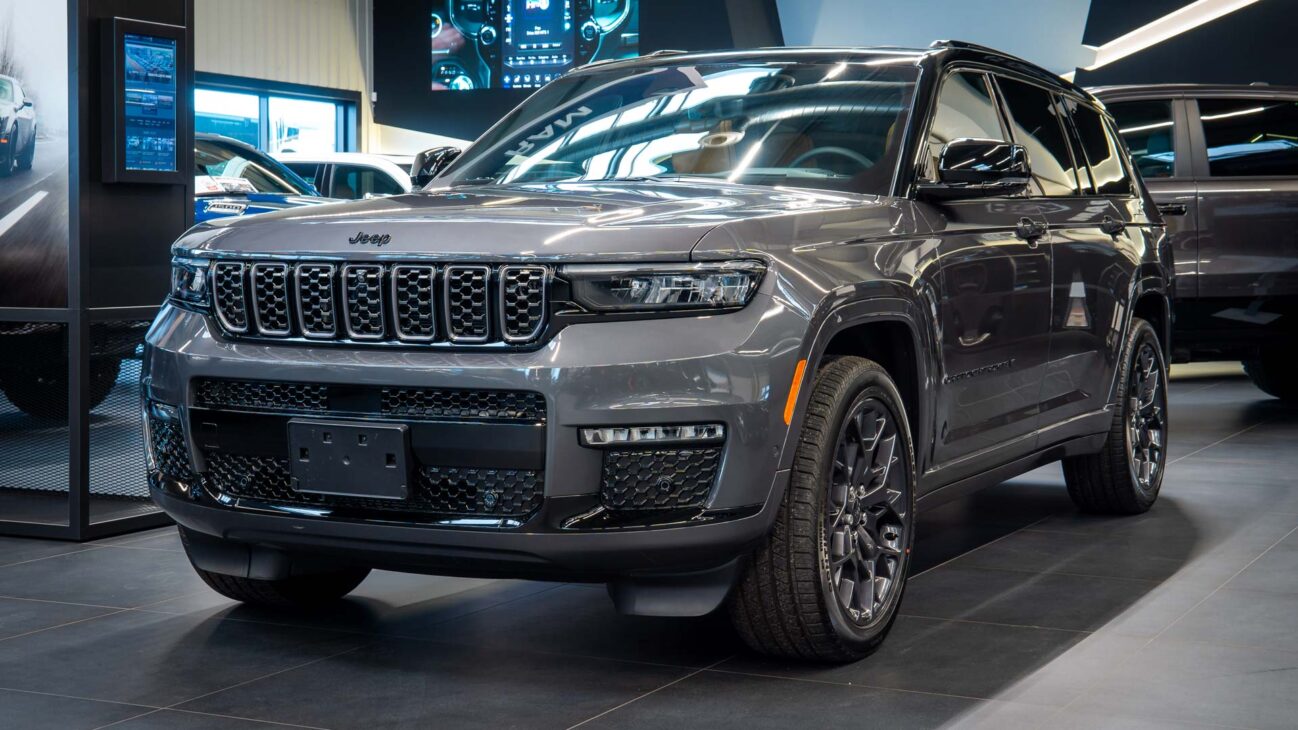
For anyone needing an AWD system that’s equally at home on paved roads and rugged trails—and one that has a track record of reliability—the Quadra-Drive II-equipped Grand Cherokee is a top-tier pick.
It’s a rare combination of sophistication and toughness, making it one of the most reliable AWD systems available.
5 That Are Maintenance Nightmares
While many automakers have perfected the art of crafting reliable all-wheel-drive (AWD) systems, others have faced significant challenges in engineering AWD setups that stand the test of time.
Some AWD systems may look impressive on paper, but in reality, they can become a costly headache for owners due to their complexity, frequent failures, and expensive repairs.
In this section, we’ll delve into five vehicles that feature AWD systems known for their maintenance issues.
These vehicles often require more attention, repairs, and sometimes early replacements than their competitors, making them far less appealing for long-term ownership.
From over-engineered systems with components that wear out prematurely to systems that struggle with basic functionality under real-world conditions, these AWD setups have earned a reputation for being maintenance nightmares.
The common thread among these systems is their propensity for problems that arise far too early, leading to frustrations with routine maintenance and even unexpected breakdowns.
While these AWD vehicles might be enticing with their performance capabilities, the long-term cost of keeping them in proper working order can outweigh the initial investment.
Whether it’s expensive part replacements, poor design choices, or simply a high rate of failure, these vehicles have demonstrated that a sophisticated AWD system doesn’t always equate to durability.
For those who prioritize peace of mind and low maintenance costs, these models should be approached with caution.
Let’s explore which five cars with AWD systems tend to lead to the most expensive and frustrating repairs, making them the “maintenance nightmares” of the automotive world.
1. Land Rover Range Rover
Land Rover’s Range Rover is a luxury icon known for its off-road capability and stunning design, but its AWD system—particularly in older models—has earned a reputation for being one of the most troublesome in the industry.
The brand’s Terrain Response system, while effective in theory, can suffer from a myriad of electronic failures.
Problems with the air suspension, transfer case, and electronics that control the AWD system are not uncommon, and these issues often appear as early as 60,000 miles.
What makes the Range Rover’s AWD system a maintenance nightmare is the sheer complexity involved.
Multiple components work together to provide enhanced traction and off-road performance, but the interconnection of these parts often results in malfunctioning sensors, faulty electronic control units (ECUs), and premature wear of parts like the center differential.
Over time, the system’s electronic complexity can lead to costly repairs, especially if the vehicle is not kept up with regular, expensive maintenance intervals.
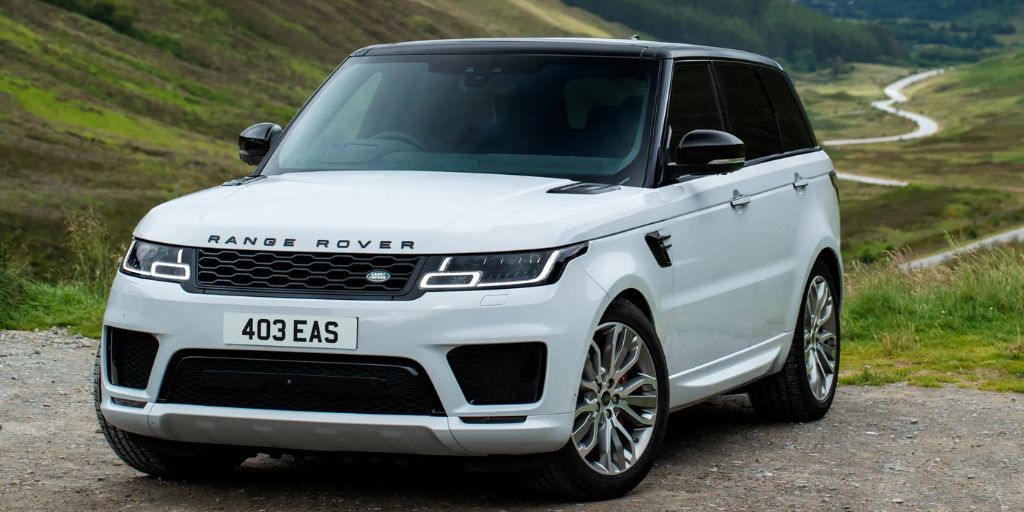
Further exacerbating the issue is the high cost of replacement parts and labor. For example, repairing or replacing the air suspension can easily exceed thousands of dollars. Even regular services can quickly add up, making the Range Rover a vehicle that demands more attention (and money) than most owners expect.
While the Range Rover’s AWD system excels off-road, it’s clear that it requires a level of care and investment that many owners aren’t prepared for. For those looking for a luxury SUV with AWD, the Range Rover might not be the most reliable choice long-term.
2. BMW X5
The BMW X5 is known for its sporty driving dynamics and luxurious features, but when it comes to its AWD system, it can be a maintenance headache. BMW’s xDrive system, while sophisticated, often faces problems related to its complexity and electronics.
The system relies on a combination of a central transfer case and electronic clutches to distribute power between the front and rear axles. This can lead to issues with the transfer case, electronic sensors, and the driveshafts, particularly as the vehicle ages.
One of the most common issues owners face is the failure of the transfer case, which is responsible for sending power to the rear wheels. Repairing or replacing a malfunctioning transfer case can be incredibly costly, sometimes running into the thousands of dollars.
Additionally, xDrive systems are prone to developing problems with the electronic clutch packs that control power distribution, which can cause a sudden loss of AWD functionality or erratic power delivery.
These components are often expensive to repair or replace, and the complexity of the system makes diagnosing issues more time-consuming for technicians.
Furthermore, many X5 owners report frequent issues with the suspension, which is closely linked to the AWD system’s performance.

Problems such as worn-out bushings, faulty air suspension components, and leaking seals can all contribute to a degraded driving experience and additional repair costs.
For buyers, the X5’s AWD system may look appealing at first glance, but the reality is that keeping the system running smoothly requires a high level of investment. Those who opt for the X5 need to be prepared for substantial maintenance costs, particularly once the vehicle reaches higher mileage.
3. Audi Q7
Audi’s Q7, with its luxurious appeal and advanced Quattro AWD system, promises excellent traction and performance in all conditions. However, the Q7’s AWD system is notorious for its high maintenance costs and frequent issues.
The Quattro system in the Q7, particularly in earlier models, utilizes a complex combination of mechanical and electronic components that are prone to failure as they age.
One of the most common and costly issues reported by owners is with the center differential, which plays a crucial role in distributing torque between the front and rear axles.
The Quattro system in the Q7 uses a Torsen differential, which can suffer from wear and tear, especially if maintenance is neglected. If the differential fails, it can result in costly repairs that involve replacing the entire component, which can easily run into the thousands of dollars.
In addition to the differential, the Q7 is also prone to issues with its air suspension, which is integral to both ride quality and the overall AWD system.
Air suspension components are known to fail prematurely, leading to leaks and the inability to maintain proper ride height, which negatively affects the AWD system’s performance.

Owners also report problems with the electronic control systems that manage torque distribution and traction control, leading to erratic behavior and potential failures of the system. These issues can require expensive software updates or component replacements.
While the Q7 offers exceptional luxury and performance, its Quattro AWD system requires careful attention and can be a significant source of ongoing repair costs, making it a poor choice for those looking for an AWD vehicle that is easy to maintain.
4. Mercedes-Benz G-Class
The Mercedes-Benz G-Class is a luxury SUV that combines iconic style with off-road prowess. However, beneath its rugged exterior lies a complex AWD system that often leads to maintenance nightmares for owners.
The G-Class is equipped with the brand’s 4MATIC AWD system, which is designed to deliver excellent off-road and on-road performance. But the system’s intricate engineering, especially in older models, often results in high repair costs and frequent issues.
One of the most common problems with the G-Class’s 4MATIC system is the failure of the center differential, which is responsible for distributing power between the front and rear axles.
The failure of this component can lead to a significant loss of power to the wheels, and repairing or replacing the center differential can be an expensive and time-consuming process. This is compounded by the G-Class’s heavy-duty design, which puts extra strain on the drivetrain and other components.
Additionally, the G-Class has a reputation for issues with its locking differentials, which are integral to the vehicle’s off-road performance. These components can wear out prematurely, causing them to malfunction and leading to expensive repairs.
The system’s hydraulic actuators, which are used to engage the locking differentials, are particularly prone to failure.
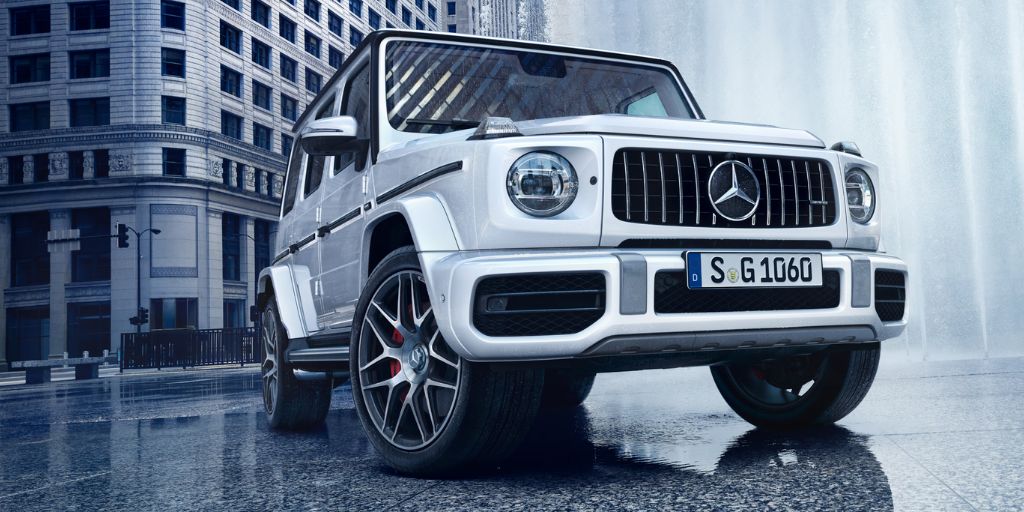
Lastly, the G-Class’s 4MATIC system is also notorious for its air suspension issues. Air suspension components are essential for maintaining proper ride height and comfort, but they are prone to leaks and failures over time, leading to both comfort and AWD performance issues.
For a vehicle of its caliber, the G-Class demands a level of care and maintenance that many owners may not anticipate. The combination of expensive components, labor-intensive repairs, and frequent breakdowns make it a challenging vehicle for long-term ownership.
5. Ford Edge
The Ford Edge, particularly in its earlier models, comes equipped with an AWD system that has been a source of frustration for many owners. While the system itself isn’t overly complex, it is prone to a series of mechanical failures that can lead to costly repairs.
The primary issue with the Ford Edge’s AWD system revolves around the failure of the front-wheel-drive-to-AWD transfer case, which can wear out prematurely and result in significant power loss or even total AWD system failure.
Many owners report hearing grinding noises, experiencing poor handling, or feeling the vehicle lose traction when the transfer case begins to fail.
Replacing the transfer case can be incredibly expensive, with repair bills often exceeding $2,000, especially if the failure results in damage to other components such as the driveshaft or rear differential.
Another common problem with the Ford Edge’s AWD system is the failure of the rear differential. In some cases, the rear differential is known to develop issues with the seals, leading to fluid leakage.
If not addressed promptly, this can cause the differential to seize or fail completely, requiring an expensive replacement.
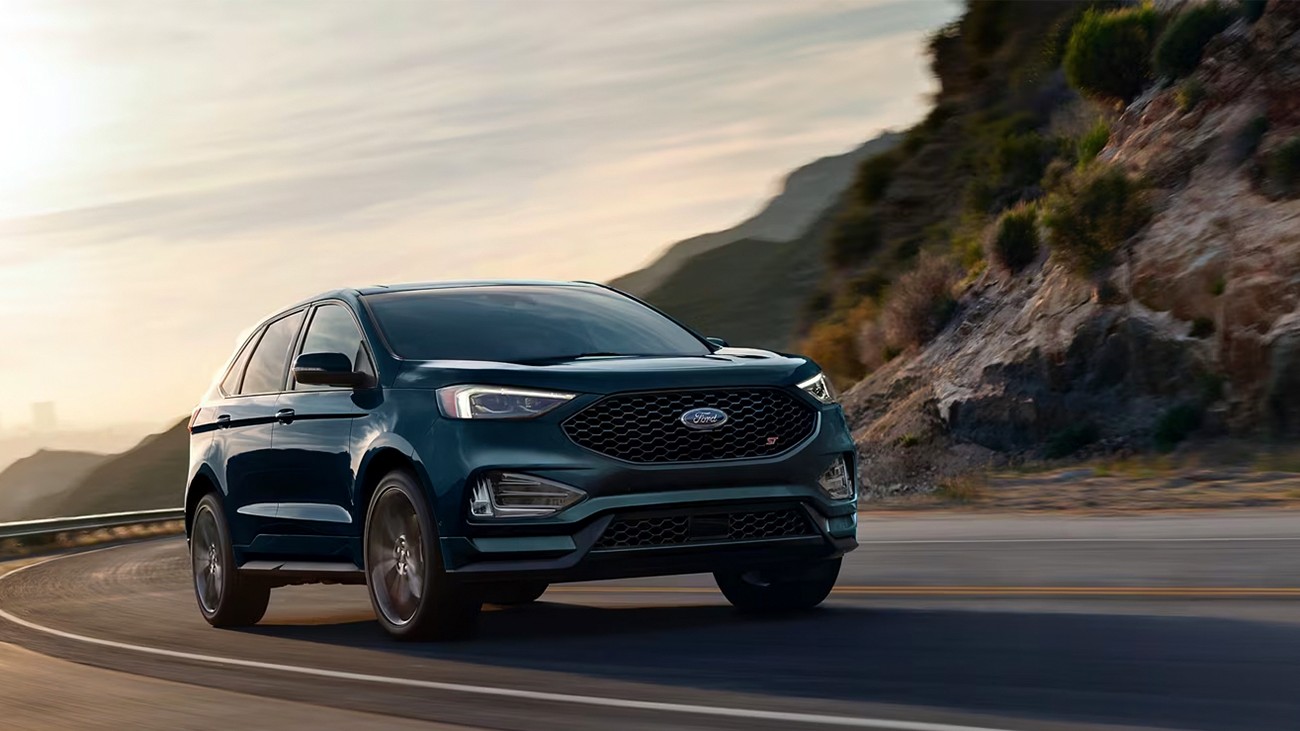
On top of the drivetrain issues, the Ford Edge also has a reputation for electrical problems that affect the AWD system. Sensors and wiring that control the engagement of the rear wheels can fail, resulting in the AWD system not functioning when it is most needed.
For those who are considering the Ford Edge, it’s important to be aware of these common issues and be prepared for potentially high repair costs, particularly once the vehicle reaches higher mileage. The AWD system, while functional when it works, can be a maintenance burden over time.
When it comes to choosing a vehicle with an all-wheel-drive (AWD) system, reliability should be at the top of the priority list.
As we’ve seen, some systems are engineered with simplicity and durability in mind, ensuring that owners experience fewer repairs and greater peace of mind.
Models like the Subaru Outback, Toyota RAV4, and Honda CR-V stand out for their dependable AWD systems, which offer reliable performance without the looming threat of costly maintenance.
These systems use mechanical components that work efficiently and are less prone to failure over time, especially when paired with consistent, routine care.
For those who prioritize ease of ownership, these vehicles offer exceptional long-term value and a smooth driving experience across various weather conditions.
On the flip side, some AWD systems, while capable in certain driving scenarios, prove to be maintenance nightmares due to their complexity, electronic components, and design flaws.
The Land Rover Range Rover and BMW X5, for example, have sophisticated systems that can be prone to costly failures in critical components like the transfer case and electronic clutches.
While these vehicles might offer thrilling performance and luxury, they often require constant maintenance and expensive repairs, particularly as they age.
Similarly, the Audi Q7 and Mercedes-Benz G-Class, though revered for their off-road capabilities and luxurious interiors, come with high maintenance costs due to their intricate AWD systems and failure-prone parts like the center differential and air suspension.
Ultimately, the choice of an AWD vehicle comes down to balancing performance with long-term reliability and cost of ownership.
For those looking for a stress-free driving experience, opting for a vehicle with a well-tested and low-maintenance AWD system is key.
While AWD vehicles with complex systems may appeal to some, the hidden costs of keeping them running smoothly can outweigh the initial allure.
Also Read: 5 Cars With Seamless Bluetooth and 5 That Always Disconnect

